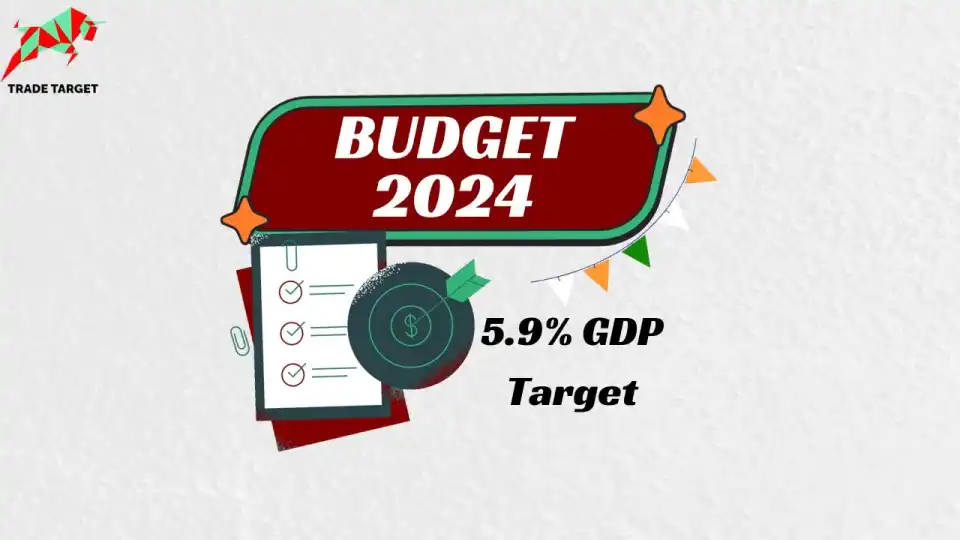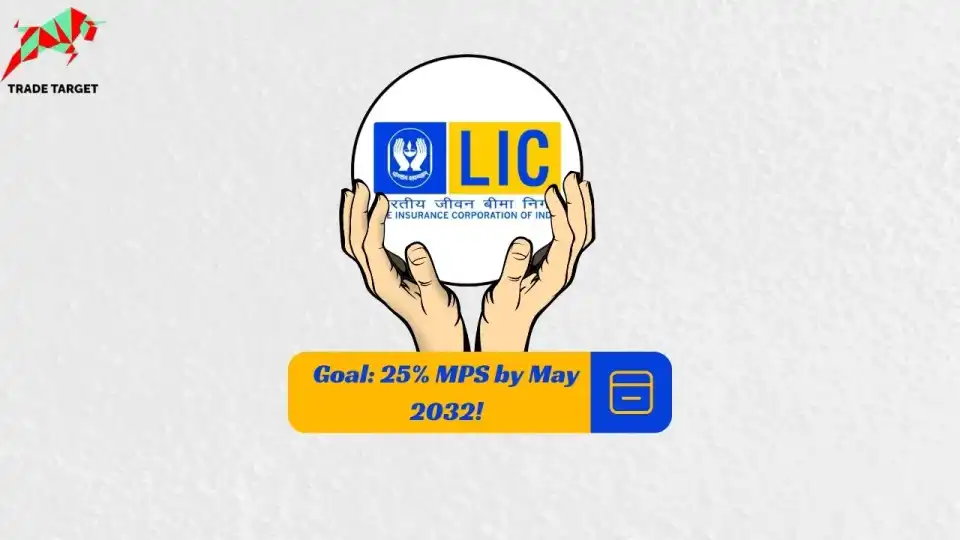Get ready for the economic spotlight as Finance Minister Nirmala Sitharaman gears up to unveil the interim Budget for the fiscal year 2024-25 on February 1. This marks the sixth consecutive year under the Modi government, and with Lok Sabha elections on the horizon, the interim Budget takes center stage, providing a roadmap for managing expenses until the new government assumes charge.
Also Read This: Innova Captab Upcoming IPO, Date, Price, GMP, Review
What is Fiscal Deficit?
Let’s start by unraveling the term “fiscal deficit.” Simply put, it’s like keeping track of your expenses versus your earnings. When the government spends more than it earns, that’s a fiscal deficit. This can happen due to a revenue shortfall or increased spending on long-term projects. Why does it matter? Well, controlling the fiscal deficit is crucial to prevent the government from borrowing excessively, which could result in higher interest payments. This control sets the stage for a healthy environment for economic growth.
Government’s Fiscal Targets?
Despite facing economic challenges, the central government remains optimistic about hitting the fiscal deficit target of 5.9% of GDP for FY24. Moreover, there’s a commitment to further reduce it to 4.5% by FY26. Finance Minister Sitharaman has set the stage with an estimated fiscal deficit of 5.9% of GDP in Budget Estimates 2023-24.
Disinvestment Challenges
As of December 13, the government’s efforts in disinvestment have generated ₹10,050 crore from various Central Public Sector Enterprises (CPSEs). However, there’s a notable gap in meeting the full-year target of ₹510 billion, with only ₹100.5 billion collected so far. Disinvestment, or selling government-owned assets, is a critical strategy to raise funds and boost the economy.
Fiscal Reality Check
Now, let’s check the numbers. India’s fiscal deficit for the first seven months of the current financial year, ending on March 31, 2024, stands at ₹8.04 trillion or 45% of the annual estimate. This fiscal challenge is compounded by the government’s struggle to meet its stake sale targets, raising concerns about fiscal discipline and economic stability.
Final Words
As we await the unveiling of the interim Budget amidst economic uncertainties and election dynamics, two critical tasks take the spotlight – managing the fiscal deficit and addressing disinvestment challenges. The government’s commitment to these long-term fiscal goals will play a pivotal role in shaping India’s economic trajectory in the coming years. Stay tuned for the economic roadmap that will set the tone for India’s financial journey in 2024 and beyond.
Share via:









